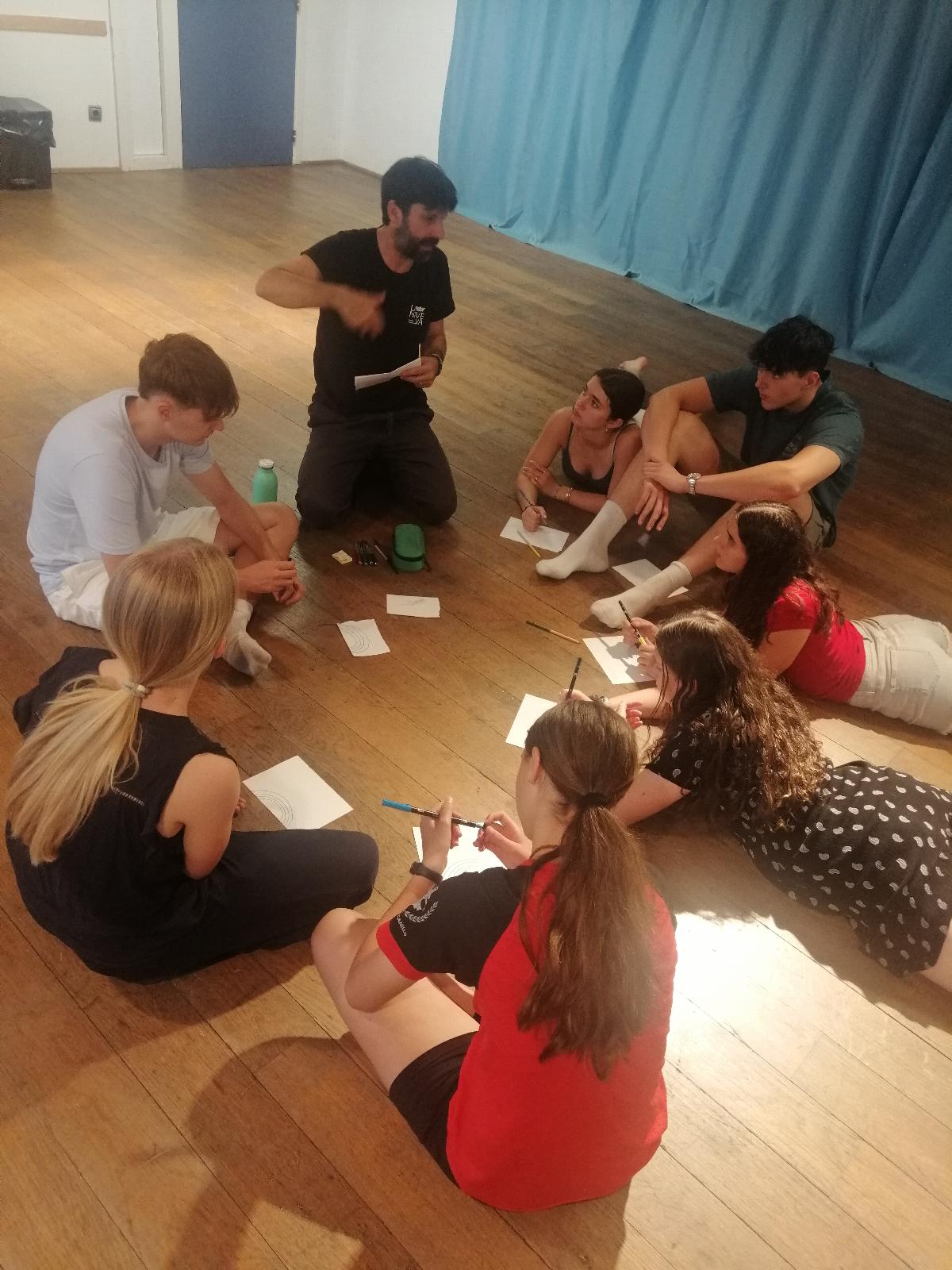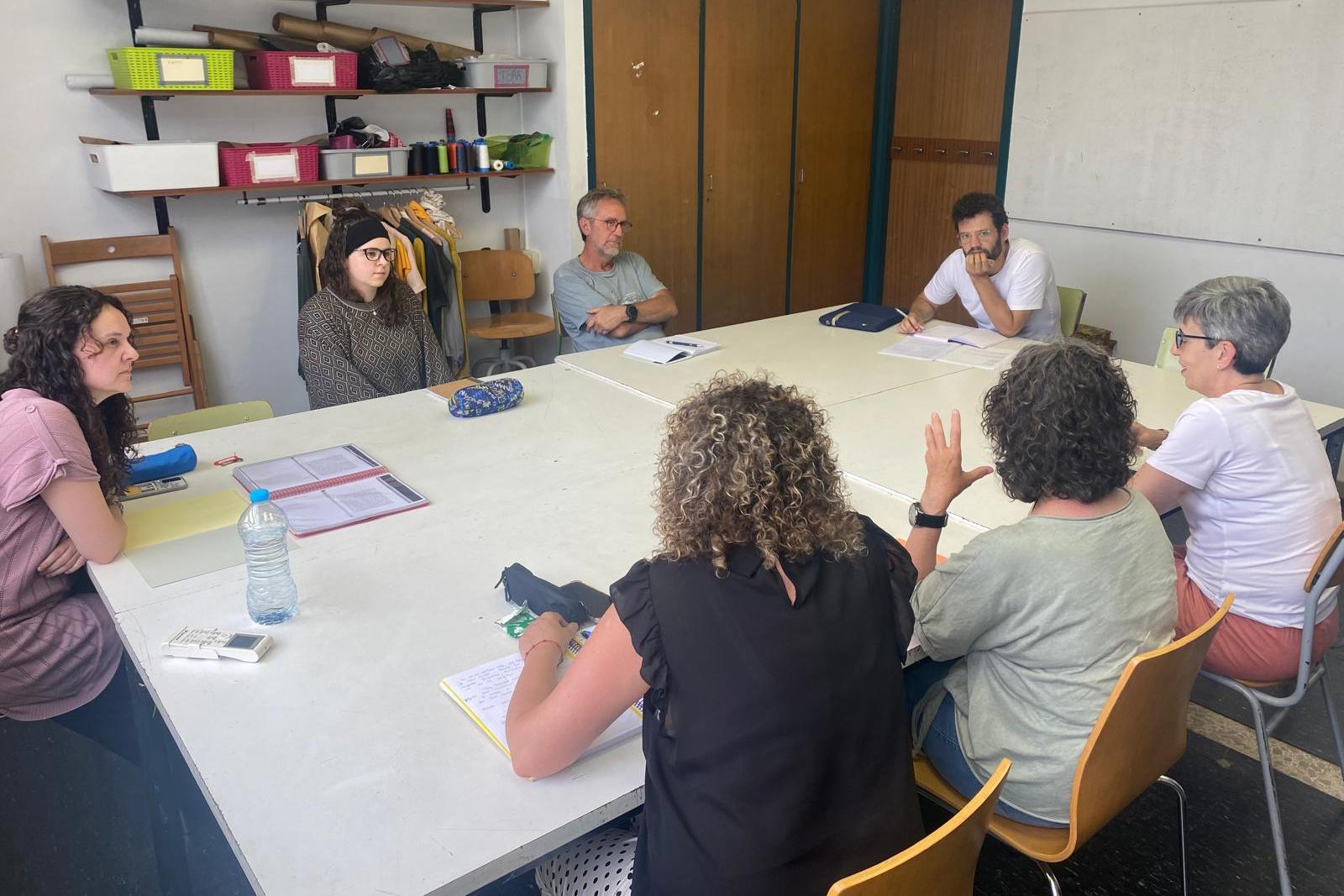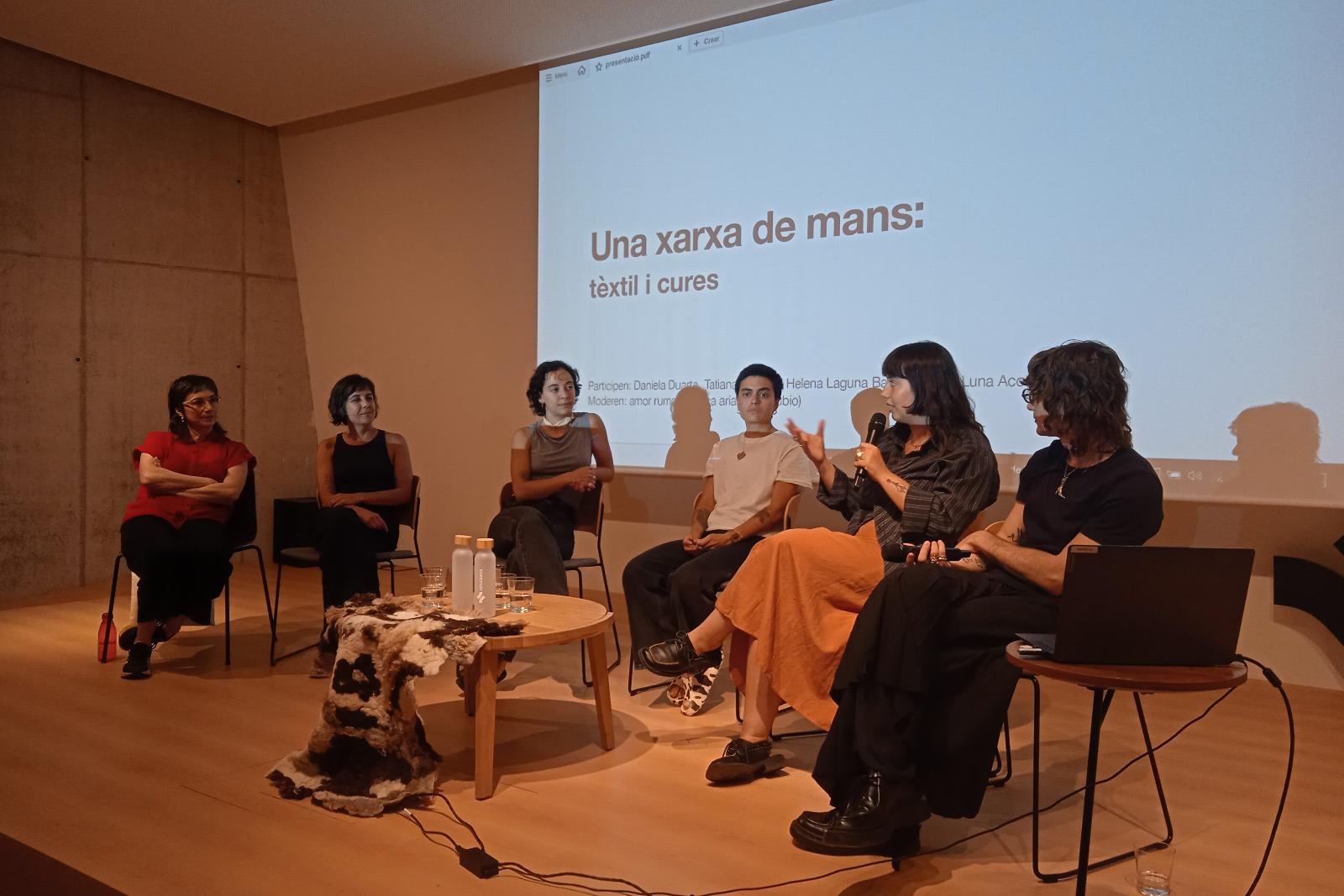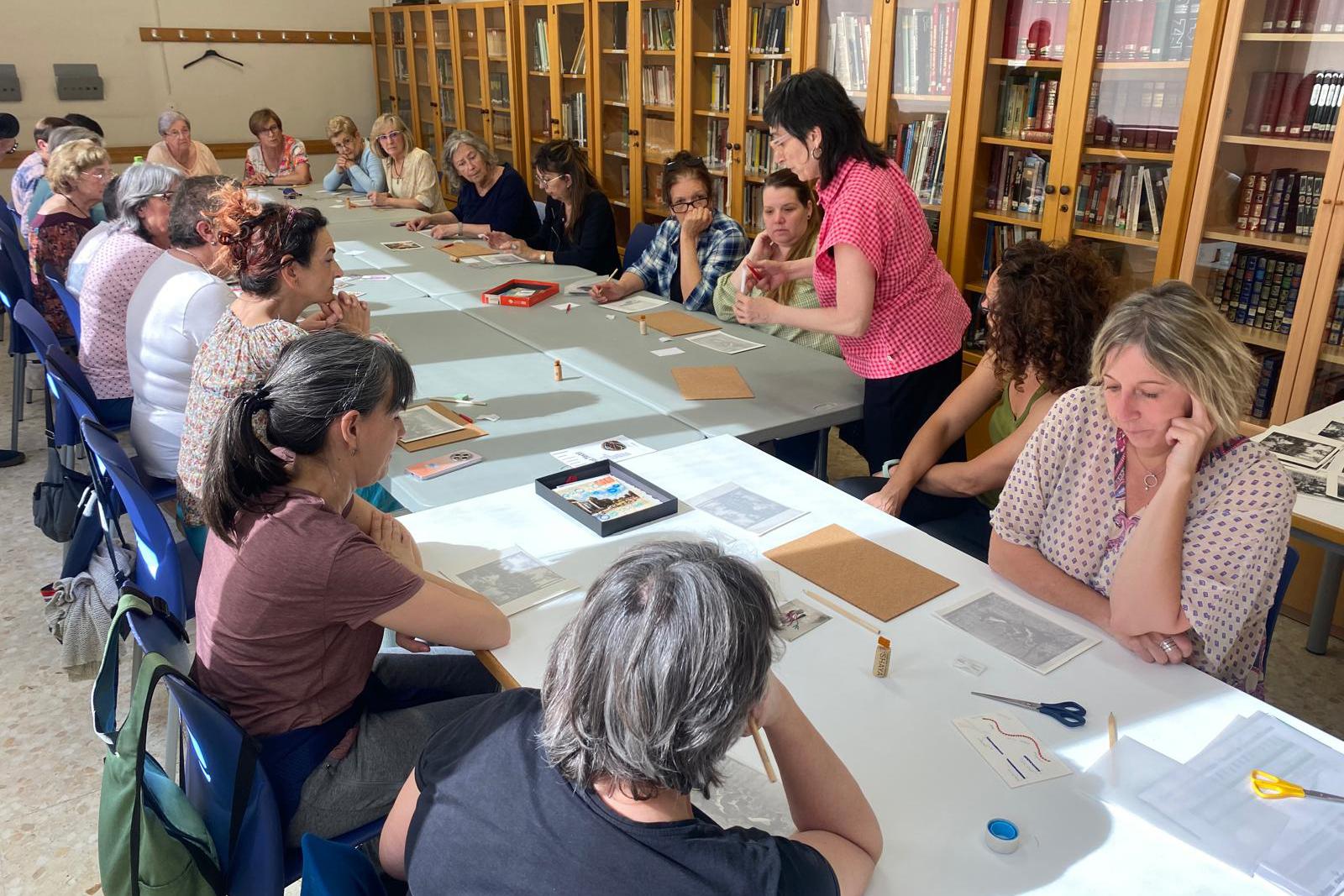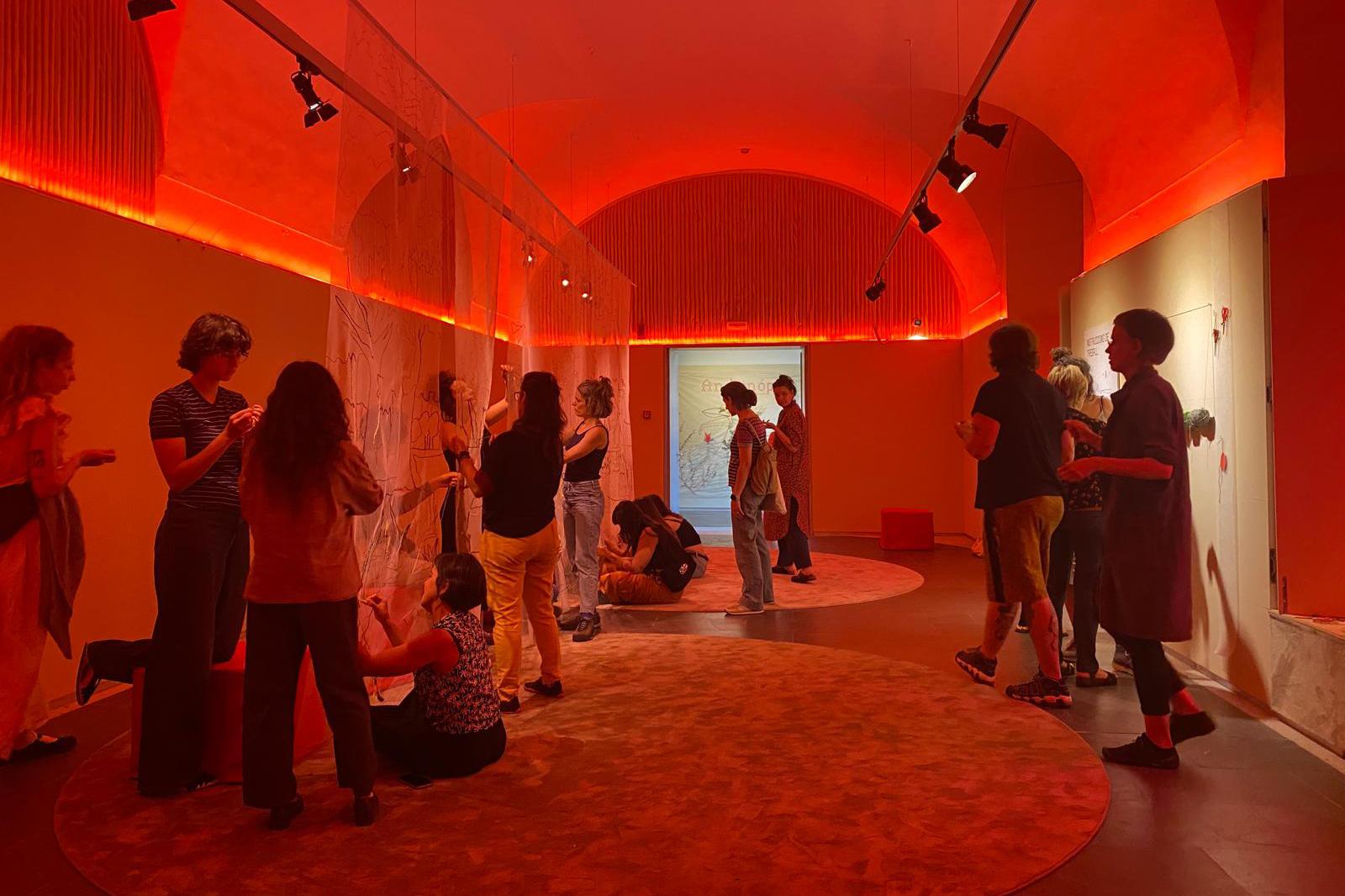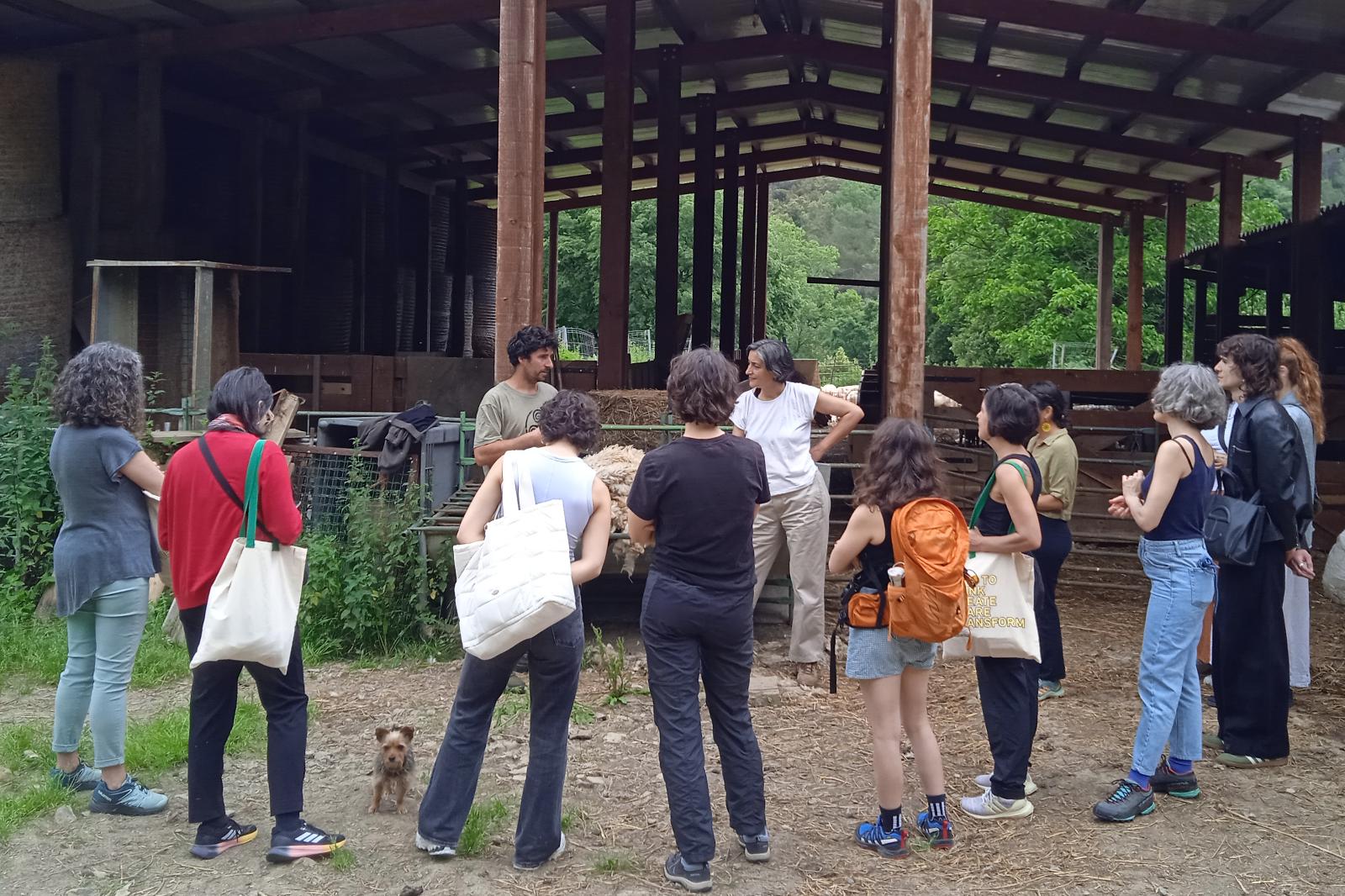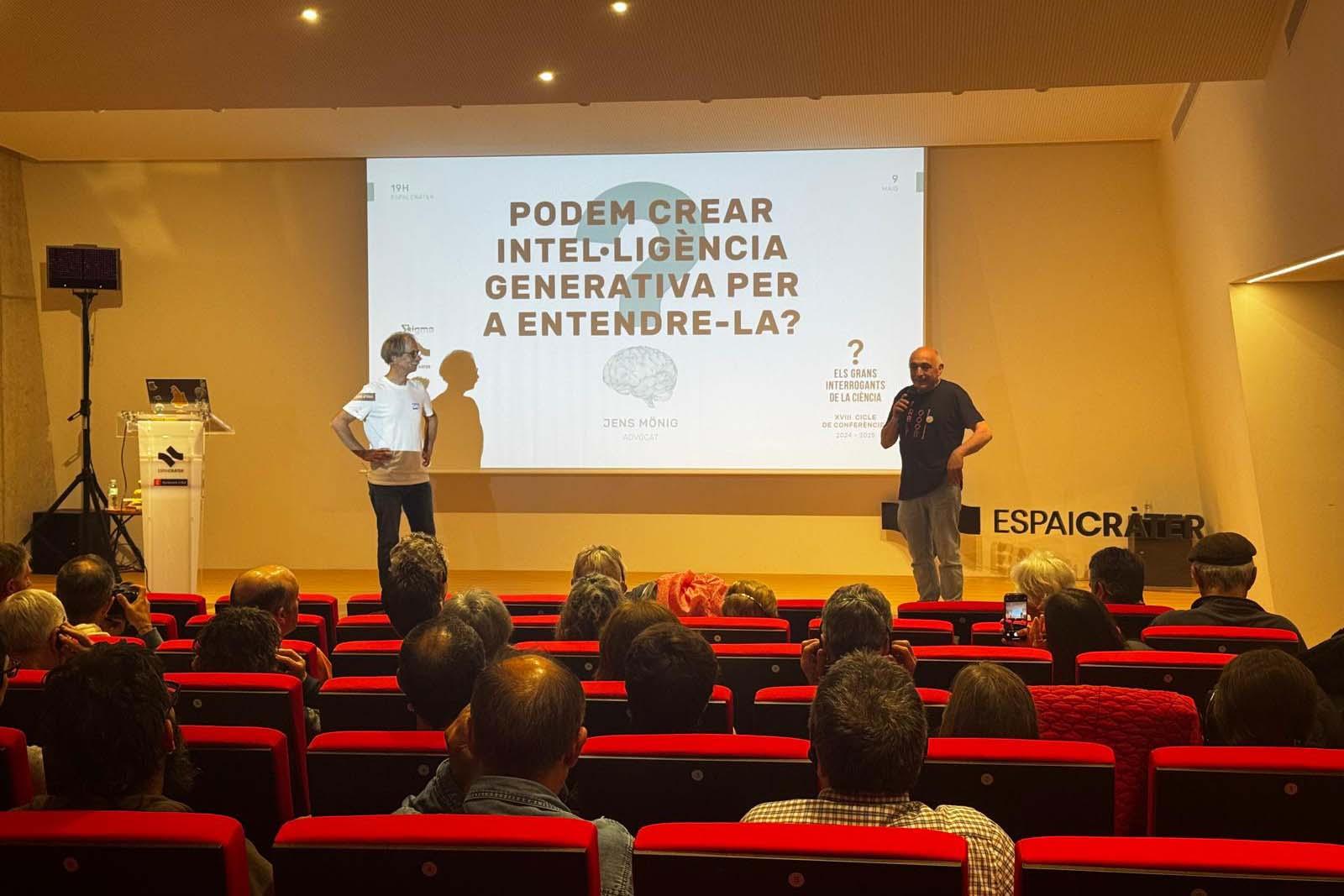An Introduction to the Analysis of Women’s Menstrual Experiences in Mexico
University of Vic | October 26 and October 29, 2018
Monday, 29 October 2018 , Olot
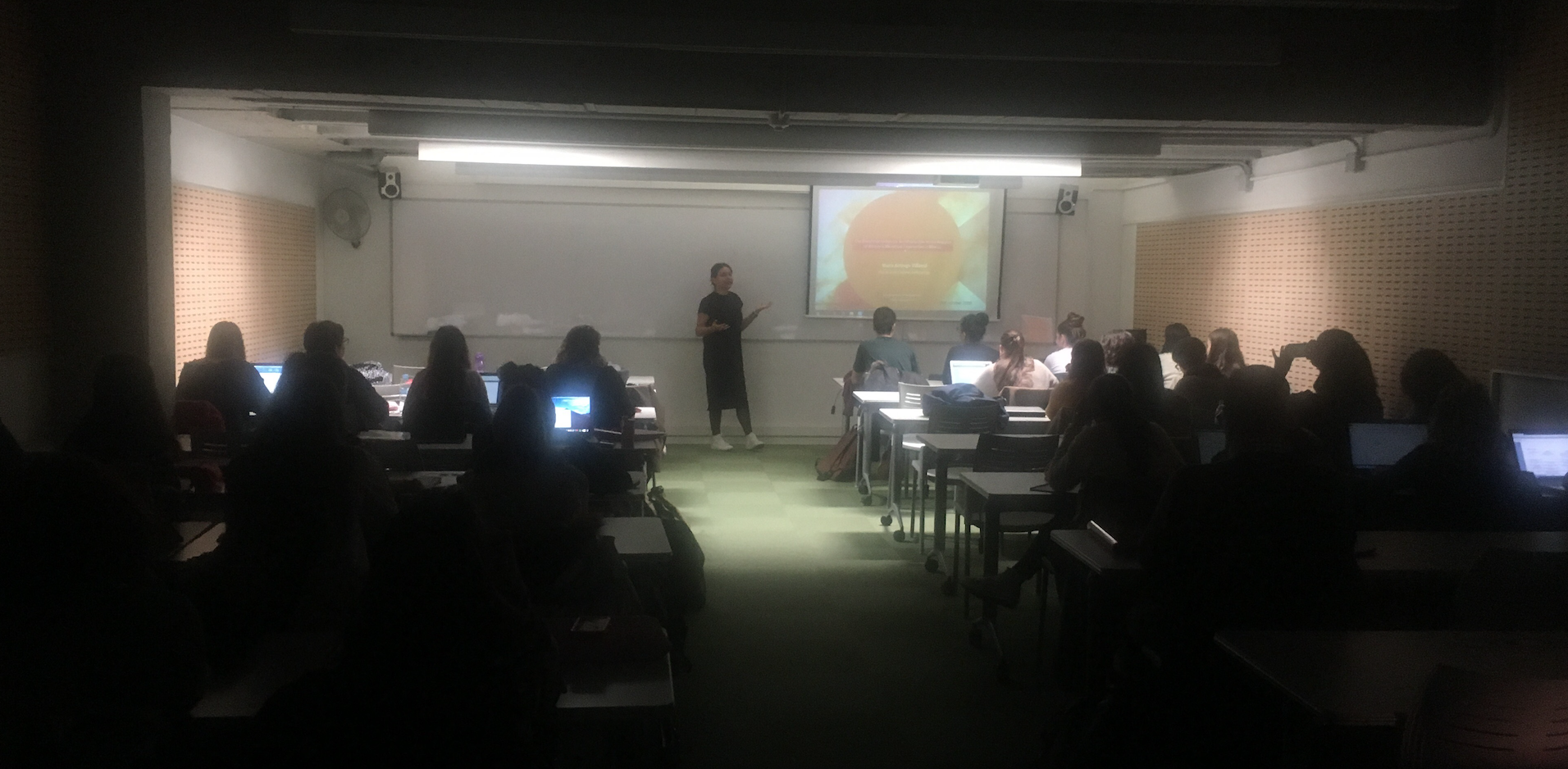
An Introduction to the Analysis of Women’s Menstrual Experiences in Mexico
As a part of the Faber Residence dedicated to Feminisms (II) I have the pleasure to give a one-hour talk about my research for nursing students. The kickoff of my talk aimed to get an introduction on how menstruation is usually perceived as ‘negative’ by the society. In this part I describe how through history and across cultures, we find many representations of the threatening of women’s menstruation and the way in which biomedical discourses have helped to position the female reproductive body as inherently pathological. Then through some pictures of advertisement of female menstrual products I explain how how the medical industry gave a phenomenal solution to hide menstruation but at the same time to keep concealing the body that bleeds. Somehow sanitary napkins and tampons created the image of a clean, menstrual-free body, and one, presumably, appealing to heterosexual men.
I continued by introducing the way in which many social scientists have argue that menstrual experiences are socially and culturally mediated, pointing out that the biomedical approach never feature the social and political aspects of menstruation neglecting how does occur the constitution of the female body in terms of social and power relationships. Here also mention how The feminists of the early women’s health movement in United States sought to change the view of women’s natural bodily process from diseased to normal, and therefore look for services more in line providing health care instead of disease care.
In the second part of the talk, I describe how pinpoint the research of menstruation in the context of the current Mexican society. I introduce them in the way on how design the collection of quantitative data by means of an online survey with the aim to explore menstruation in everyday life based on socio-demographic variables and socioeconomic status. Subsequently I explain the qualitative part of my analysis which is based on the use of Solicited Diaries for Qualitative Research and In-depth Interviews. Finally, I argued about the advantages of the use of a mix methodology to achieve a comprehensive descriptive study of the contemporary perceptions and attitudes about menstruation in Mexican women and, with this, an understanding of the differences and similarities in menstrual-related beliefs among women of diverse backgrounds.
The students were very receptive to the talk showing themselves really astonished by the story behind the sanitary napkin industry, part in which they showed more interest and asked several questions. These talks were a satisfying experience on the creation of bridges between academic research and broader and more general audiences as well as the construction of cooperation between medical sciences and social sciences.

